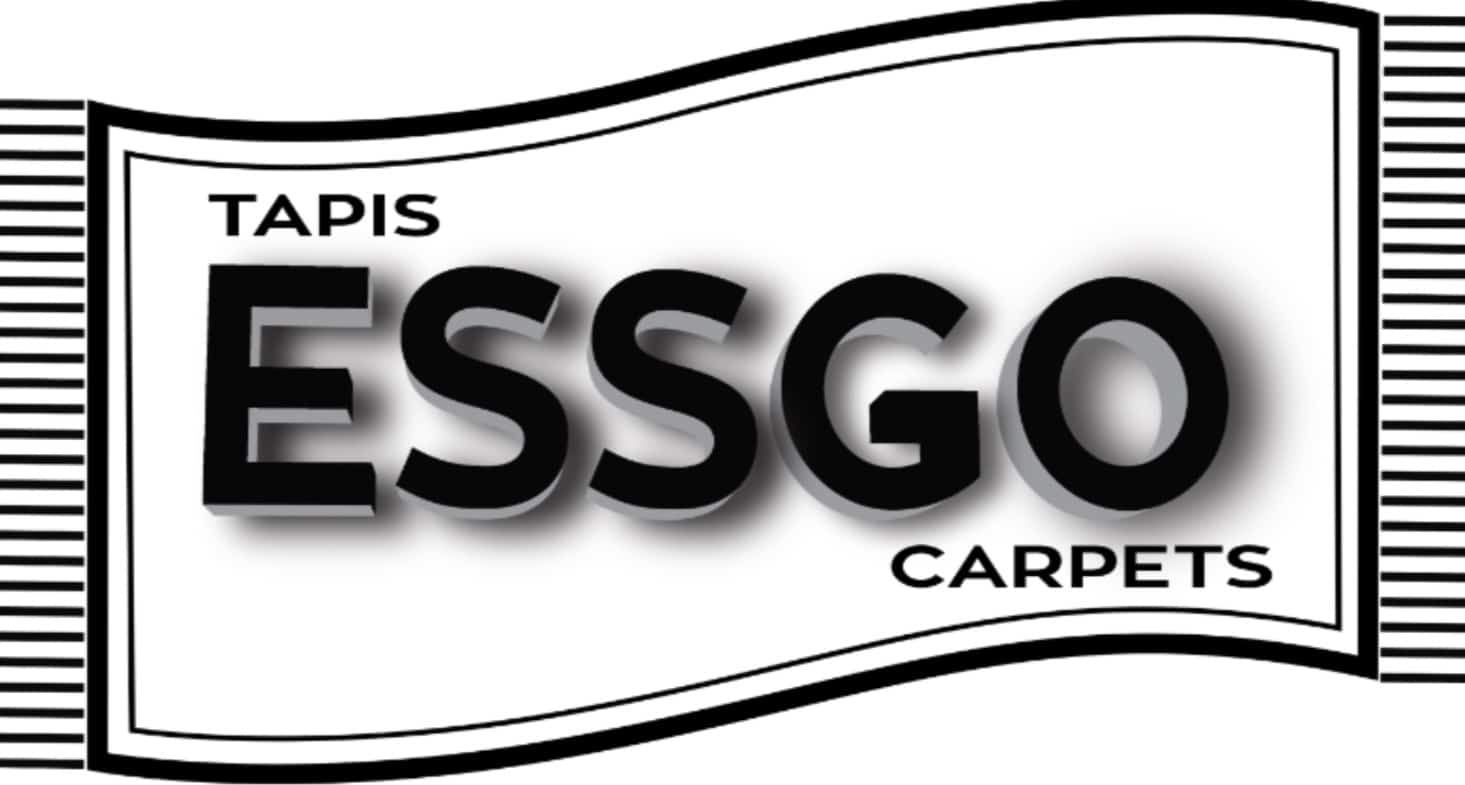Rugs from Spain

Spain


The 16th century Alcaraz rug at the Nazmiyal collection
Although isolated instances of carpet production pre-date the Muslim invasion of Spain, the Hispano-Moresque examples are the earliest significant body of European-made carpets. Documentary evidence shows production beginning in Spain as early as the 10th century AD. The earliest extant Spanish carpet, the so-called Synagogue carpet in the Museum of Islamic Art, Berlin, is a unique survival dated to the 14th century. The earliest group of Hispano-Moresque carpets, Admiral carpets (also known as armorial carpets), has an all-over geometric, repeat pattern punctuated by blazons of noble, Christian Spanish families. The variety of this design was analyzed most thoroughly by May Beattie. Many of the 15th-century, Spanish carpets rely heavily on designs originally developed on the Anatolian Peninsula. Carpet production continued after the Reconquest of Spain and eventual expulsion of the Muslim population in the 15th century. 16th-century Renaissance Spanish carpet design is a derivative of silk textile design. Two of the most popular motifs are wreaths and pomegranates.
During the Moorish (Muslim) period production took place in Alcaraz in the province of Murcia, as well as being recorded in other towns. Carpet production after the Christian reconquest continued in Alcaraz while Cuenca, first recorded as a weaving centre in the 12th century, became increasingly important, and was dominant in the 17th and early 18th century. Carpets of completely different French based designs began to be woven in a royal workshop, the Royal Tapestry Factory (Real Fábrica de Tapices de Santa Bárbara) in Madrid in the 18th century. Cuenca was closed down by the royal degree of Carlos IV in the late 18th century to stop it competing with the new workshop. Madrid continued as a weaving centre through to the 20th century, producing brightly coloured carpets most of whose designs are strongly influenced by French carpet design, and which are frequently signed (on occasions with the monogram MD; also sometimes with the name Stuyck) and dated in the outer stripe. After the Spanish civil war General Franco revived the carpet weaving industry in workshops named after him, weaving designs that are influenced by earlier Spanish carpets, usually in a very limited range of colours.


